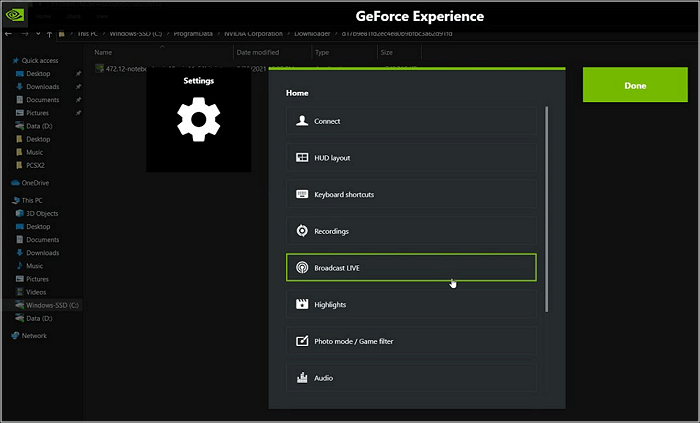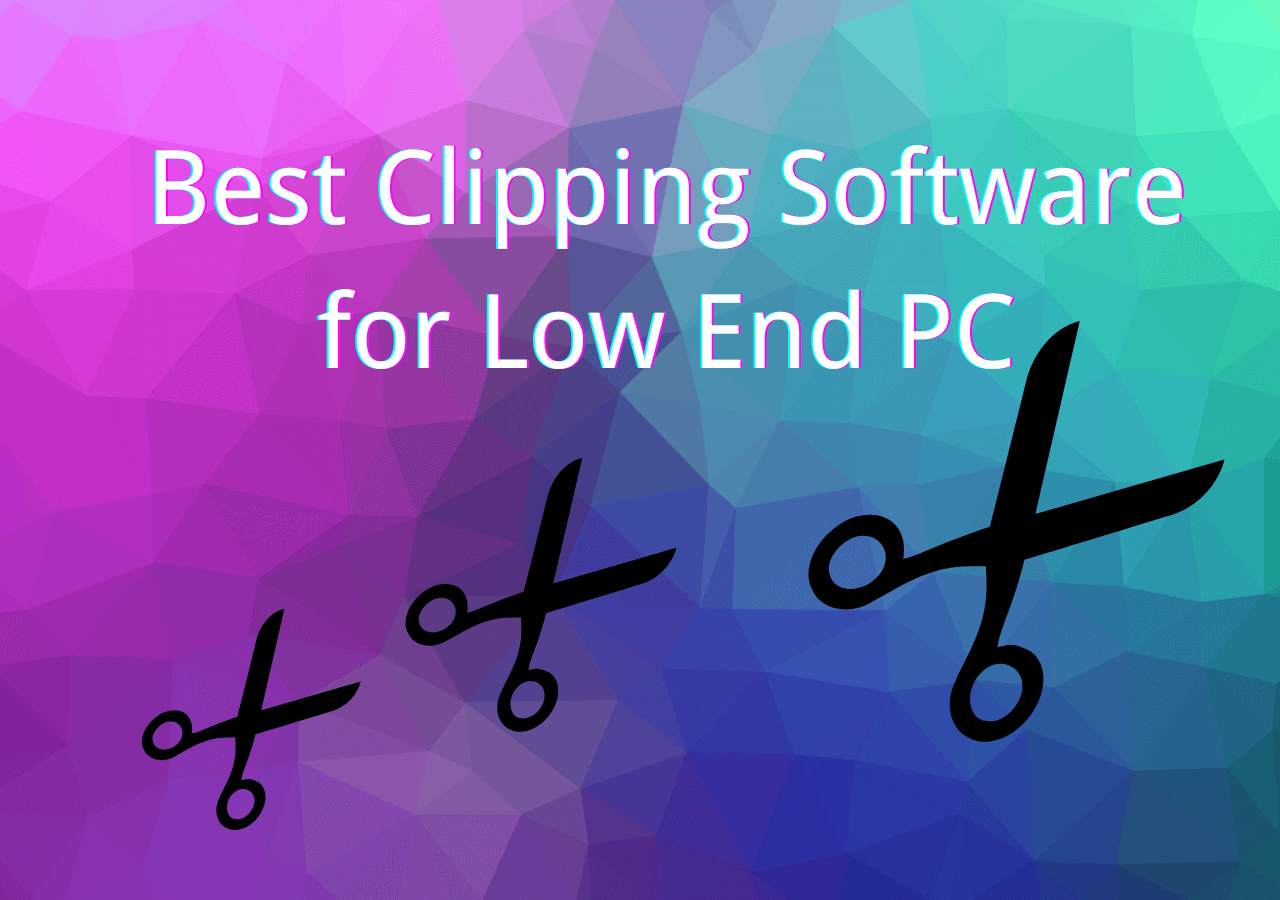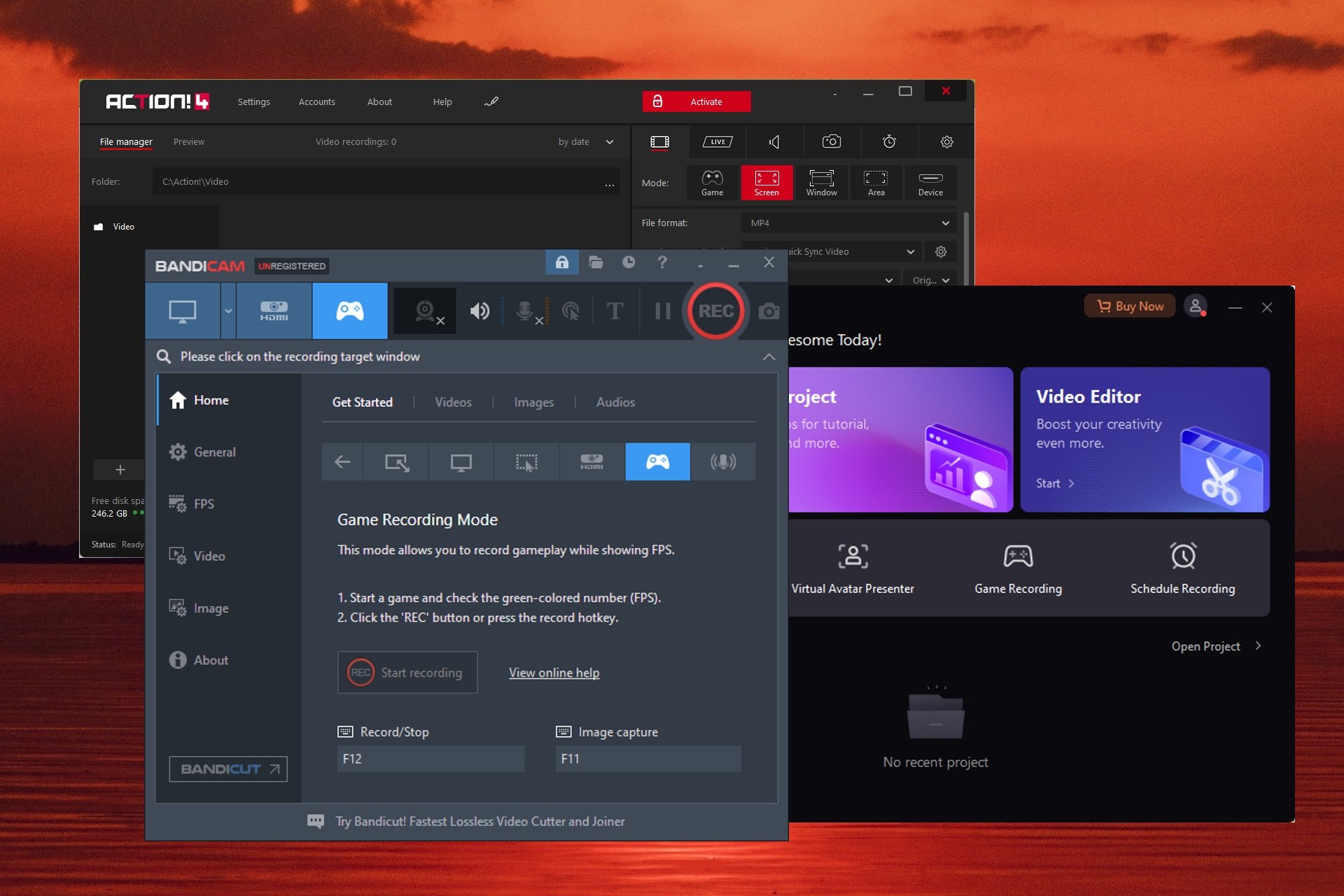Best clipping software offers a crucial tool for professionals across various industries, revolutionizing the way digital projects are handled. From intricate designs to precise editing, the right software can make all the difference.
In this discussion, we will delve into the key features that make clipping software stand out, the importance of a user-friendly interface, and the significance of compatibility and integration with other tools.
Overview of Clipping Software

Clipping software is a powerful tool used in the digital world to isolate and extract specific objects or elements from an image or photo. The primary purpose of clipping software is to create clean, precise cutouts of objects with intricate details, removing unwanted backgrounds or surroundings. This allows users to manipulate and enhance images with ease, creating visually appealing and professional-looking results.
Industries Benefiting from Clipping Software
Clipping software is widely used across various industries such as e-commerce, photography, graphic design, advertising, and publishing. In e-commerce, product images need to be presented in a clean and attractive manner to attract customers. Photographers and graphic designers use clipping software to enhance their images and create stunning visual effects. Advertisers rely on clipping software to create eye-catching ads, while publishers use it to improve the quality of images in magazines and other print materials.
Importance of Using Clipping Software
The use of clipping software is crucial in many projects where precision and attention to detail are essential. By using clipping software, users can achieve seamless cutouts, remove distractions, and create visually appealing compositions. This tool saves time and effort compared to manual editing methods, allowing users to focus on other aspects of their projects. Overall, clipping software enhances the quality of images and helps users achieve professional results in their work.
Key Features to Consider
When selecting the best clipping software, there are several key features to consider that can greatly impact user experience and productivity. These features help streamline the clipping process, improve efficiency, and enhance the overall quality of the final output.
1. Precision Editing Tools
Having precision editing tools is essential for accurate and clean clipping. Look for software that offers tools like feathering, edge detection, and masking capabilities to ensure precise selections and smooth edges.
2. Batch Processing
The ability to process multiple images or clips simultaneously can save a significant amount of time and effort. Software with batch processing features allows users to apply the same edits or clipping paths to multiple files at once, increasing productivity.
3. File Format Support
Choose clipping software that supports a wide range of file formats, including popular formats like JPEG, PNG, and TIFF. This ensures compatibility with various types of media and simplifies the workflow when working with different file types.
4. Non-Destructive Editing
Non-destructive editing capabilities are crucial for preserving the original quality of images or clips. Look for software that allows for non-destructive editing, so you can make changes without altering the original file, enabling easy revisions and adjustments.
5. Auto-Clipping and Smart Selection Tools
Software with auto-clipping and smart selection tools can expedite the clipping process by automatically detecting edges and creating precise selections. These features save time and effort, especially when dealing with complex shapes or objects.
6. Integration with Other Tools
Consider software that integrates seamlessly with other tools and software applications you use regularly. Integration with graphic design software, photo editing tools, or e-commerce platforms can streamline the workflow and enhance productivity.
7. User-Friendly Interface
A user-friendly interface with intuitive navigation and easy-to-use tools is essential for a smooth clipping experience. Choose software that prioritizes user experience and provides a clean, organized interface for efficient editing.
8. Cost-Effectiveness
Lastly, consider the cost-effectiveness of the clipping software, taking into account the features offered, the quality of output, and the value it provides for the price. Compare different options to find a balance between affordability and functionality.
User-Friendly Interface

Having a user-friendly interface in clipping software is crucial as it directly impacts the user experience and overall efficiency of the editing process. A well-designed interface can make navigating the software intuitive, reducing the learning curve and allowing users to focus on their work rather than figuring out how to use the tool.
Intuitive Design Elements, Best clipping software
- Simple and clean layout: Clipping software with a clean and organized layout makes it easier for users to locate tools and features quickly.
- Drag-and-drop functionality: This feature allows users to easily import and arrange images within the software, streamlining the editing process.
- Contextual menus: Providing context-sensitive menus that offer relevant options based on the selected tool or object can help users make quick adjustments without searching through multiple menus.
- Keyboard shortcuts: Including keyboard shortcuts for frequently used functions can significantly speed up the editing process for users who prefer using keyboard commands over mouse clicks.
Impact on Workflow and Efficiency
A well-designed interface can greatly impact workflow and efficiency by reducing the time spent on navigating the software and locating tools. By making the editing process more intuitive and seamless, users can focus on the creative aspects of their work rather than getting bogged down in technicalities. This ultimately leads to faster turnaround times and higher quality outputs.
Compatibility and Integration: Best Clipping Software
When choosing a clipping software, compatibility and integration play a crucial role in ensuring a seamless workflow and efficient editing process.
Significance of Compatibility
Compatibility with different devices and software is essential to ensure that you can access your clipping tools whenever and wherever you need them. Whether you are working on a desktop, laptop, or mobile device, having software that is compatible with all platforms allows you to work flexibly and maintain consistency in your editing projects.
Benefits of Seamless Integration
Clipping software that integrates seamlessly with other tools offers several benefits, such as improved efficiency, streamlined workflows, and enhanced productivity. When your clipping software can easily communicate and work in conjunction with other editing programs or design tools, you can complete tasks more quickly and with greater precision.
Popular Software for Compatibility
- Adobe Creative Cloud: Adobe’s suite of creative software, including Photoshop and Illustrator, is widely used in the industry. Clipping tools that are compatible with Adobe Creative Cloud can enhance your editing capabilities and allow for a smooth transition between programs.
- Microsoft Office Suite: For those who work with documents and presentations, compatibility with Microsoft Office Suite is essential. Clipping software that integrates with Word, PowerPoint, and Excel can simplify the process of adding and editing images in your projects.
- Google Workspace: With many businesses using Google Workspace for collaboration and productivity, clipping software that integrates with Google Docs, Sheets, and Slides can facilitate seamless editing and sharing of images within the platform.
Final Thoughts

In conclusion, choosing the best clipping software can significantly impact your workflow and efficiency, ultimately leading to superior project outcomes. With the right tools at your disposal, the possibilities are endless.
